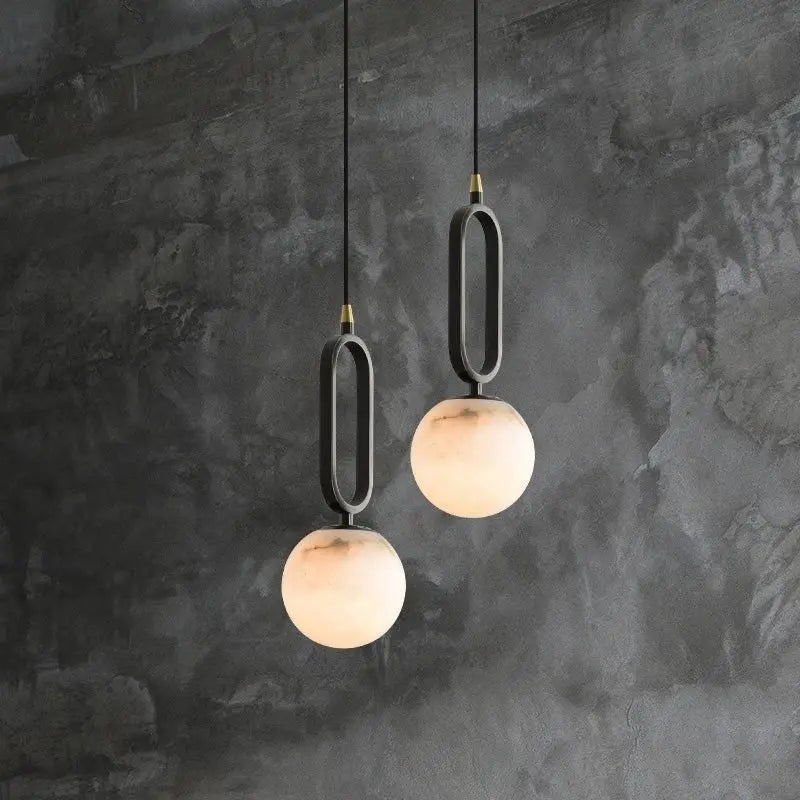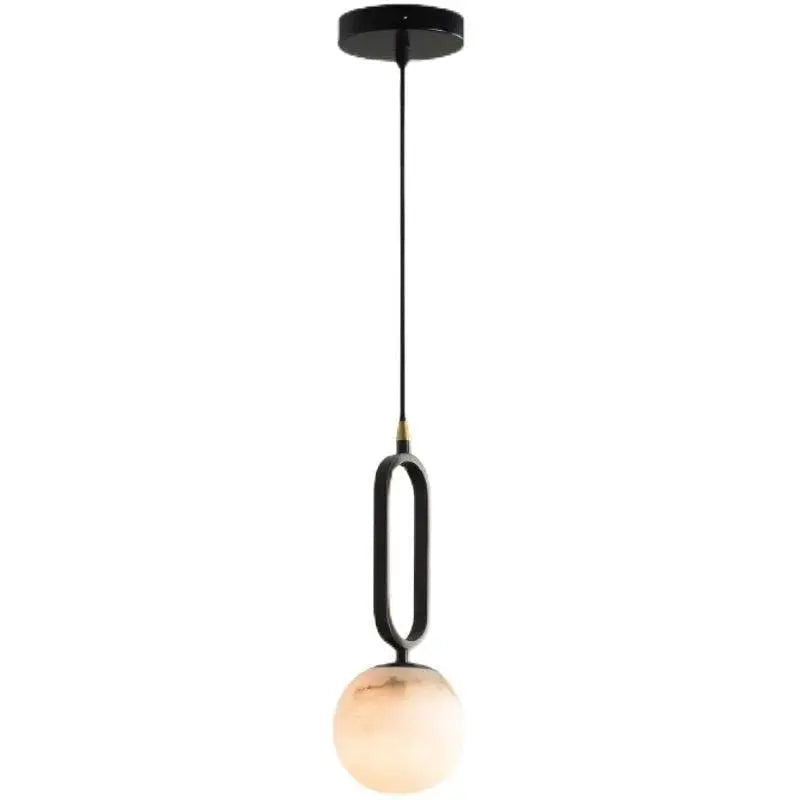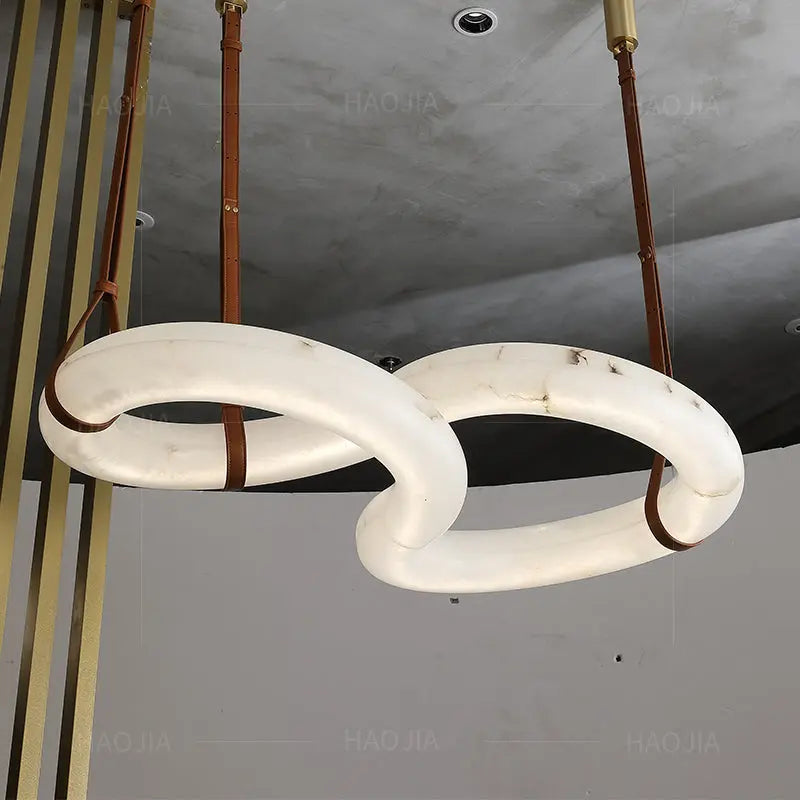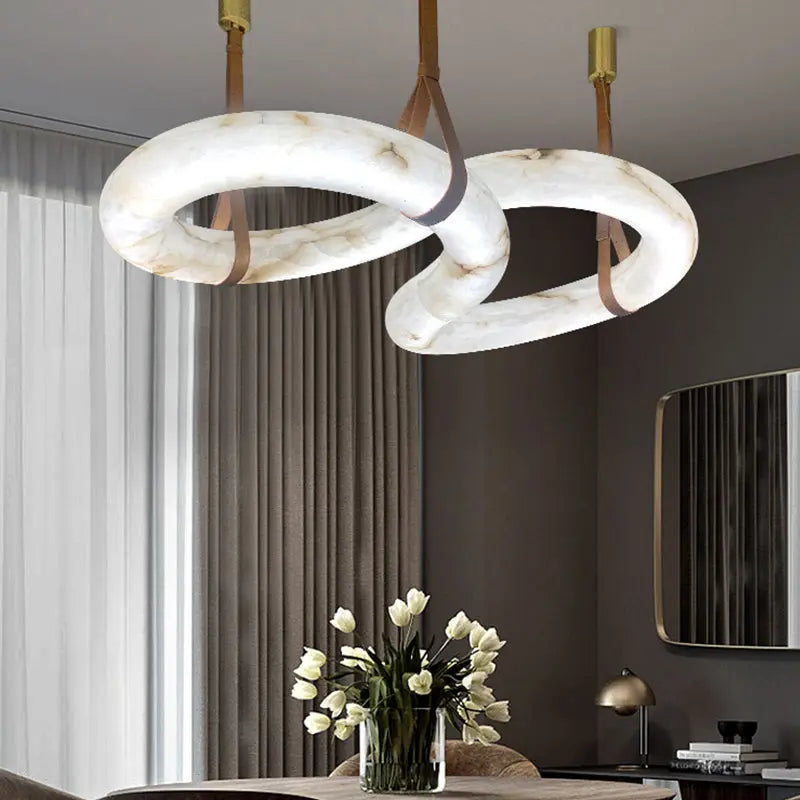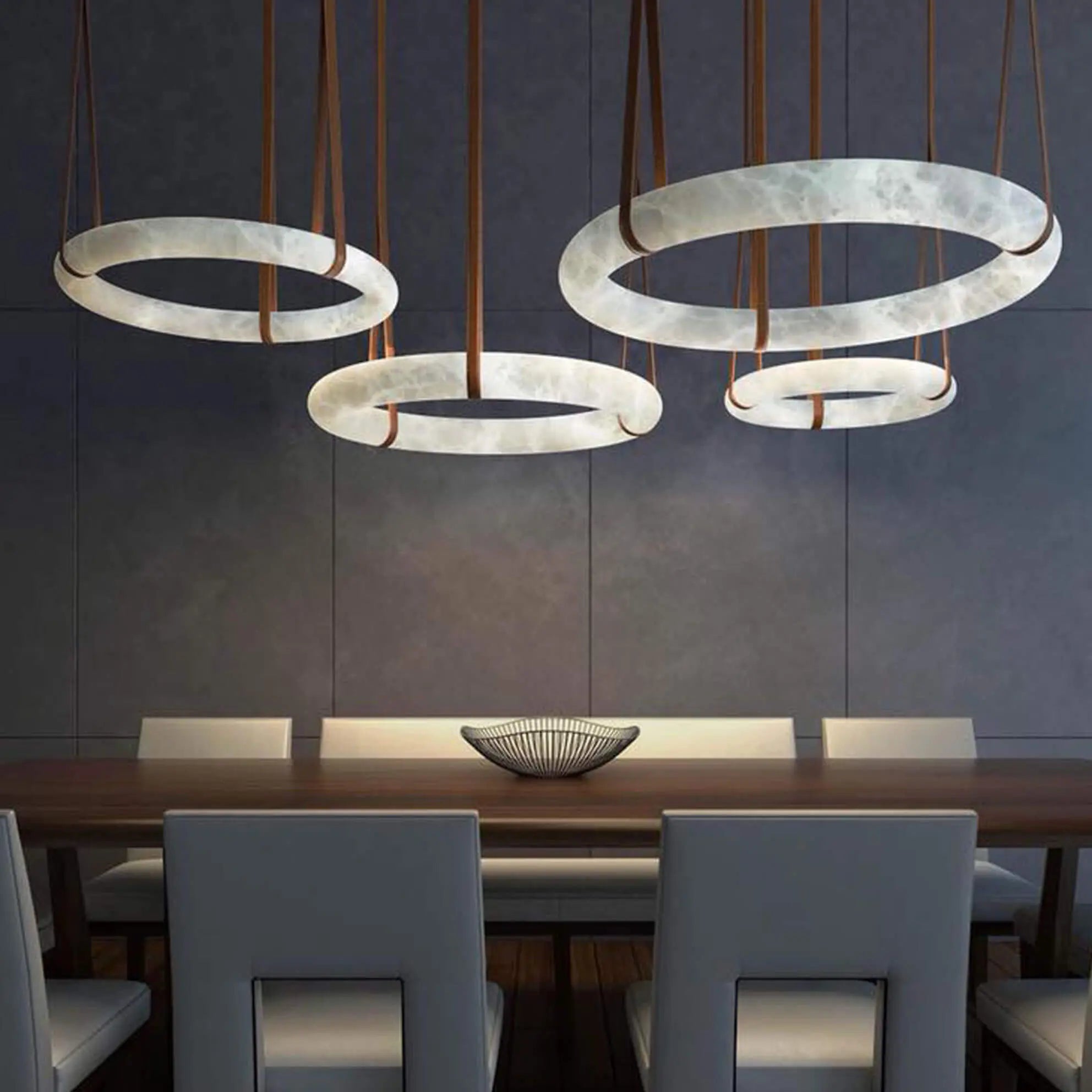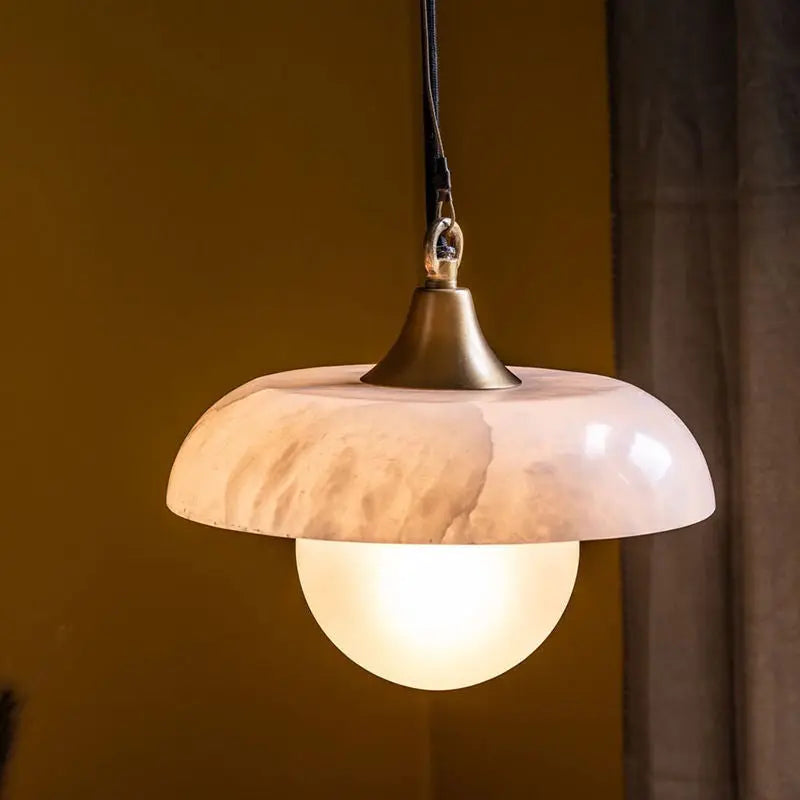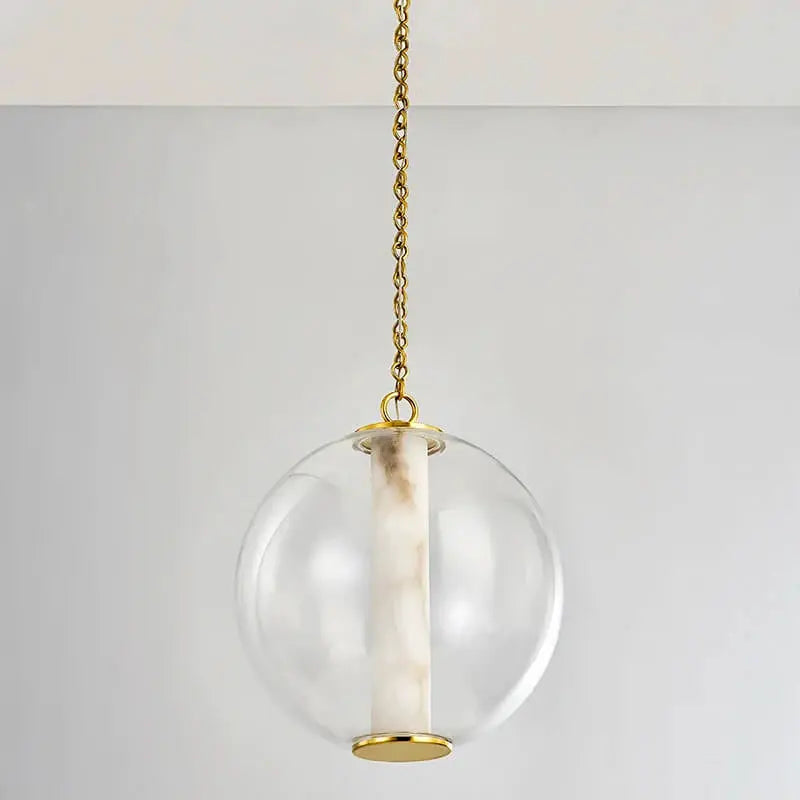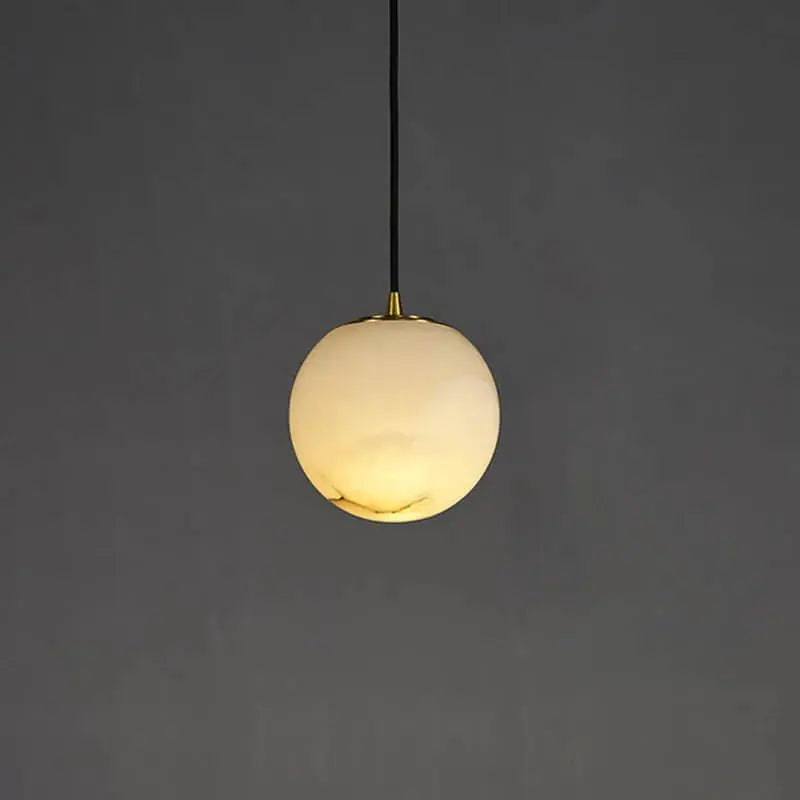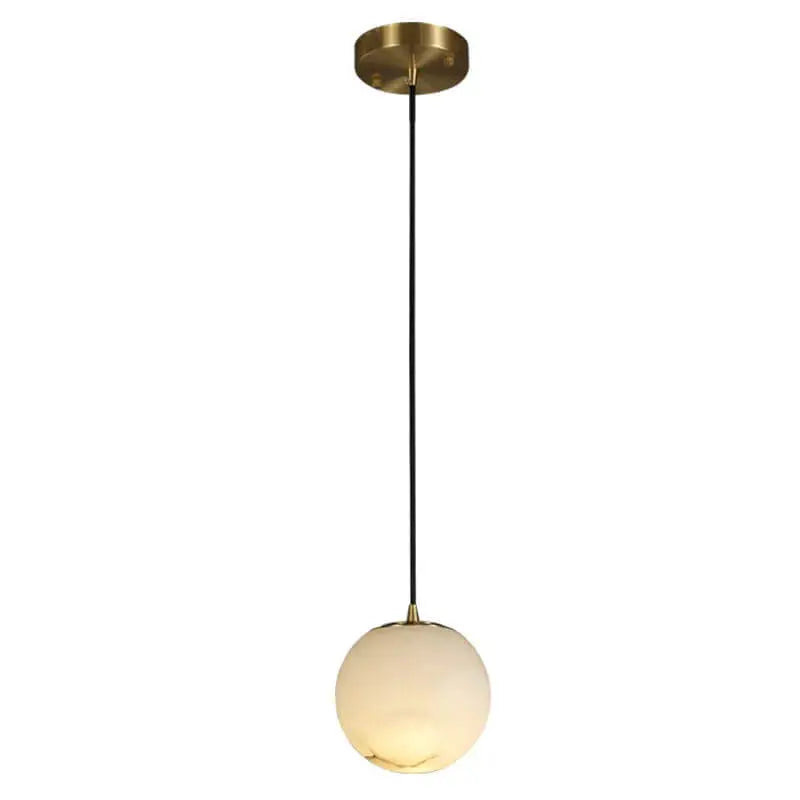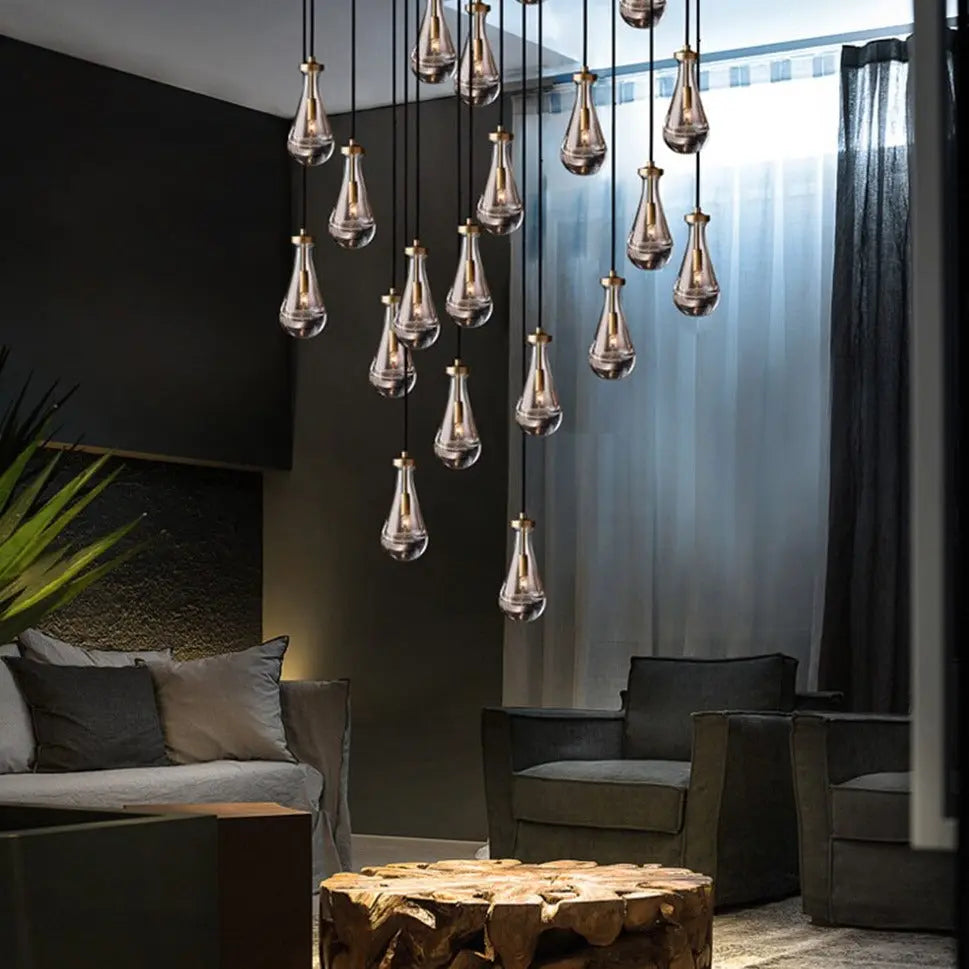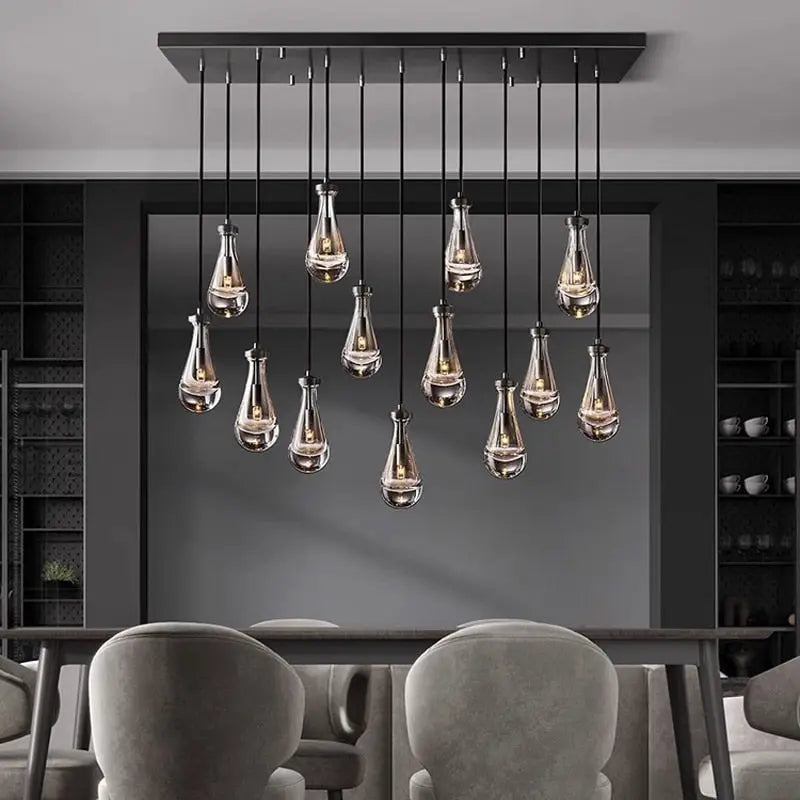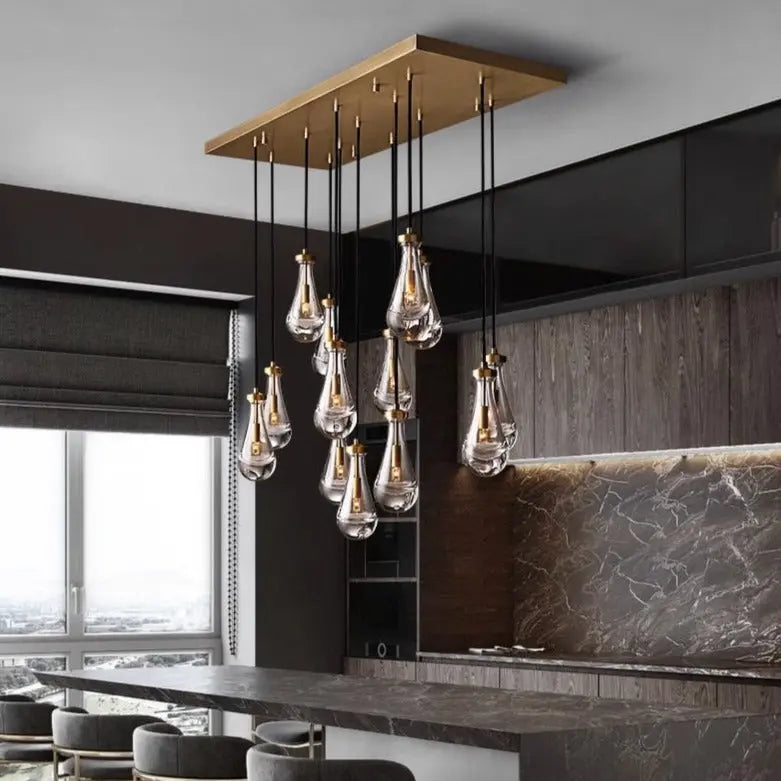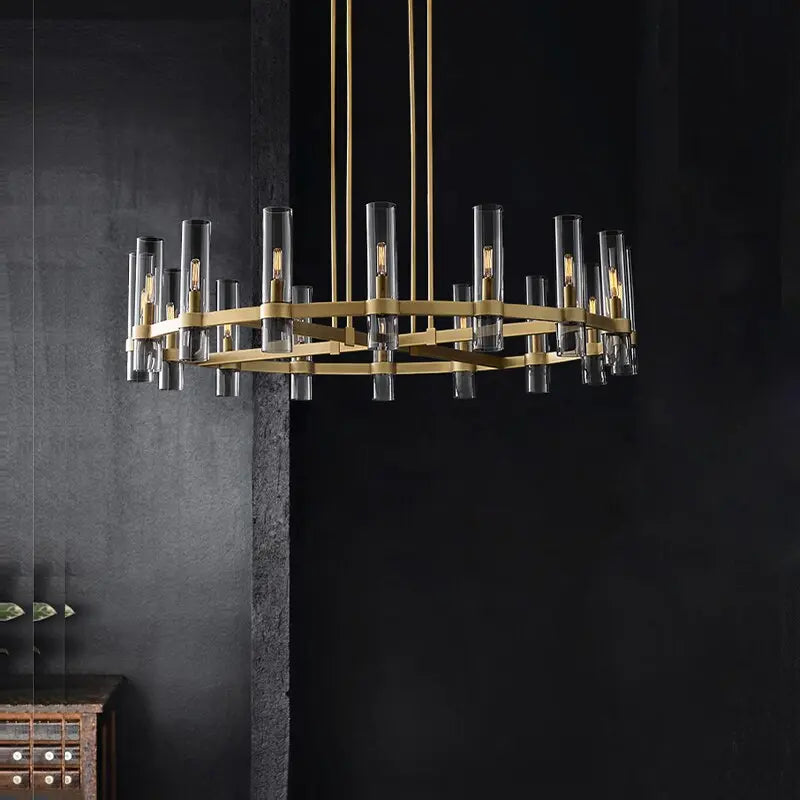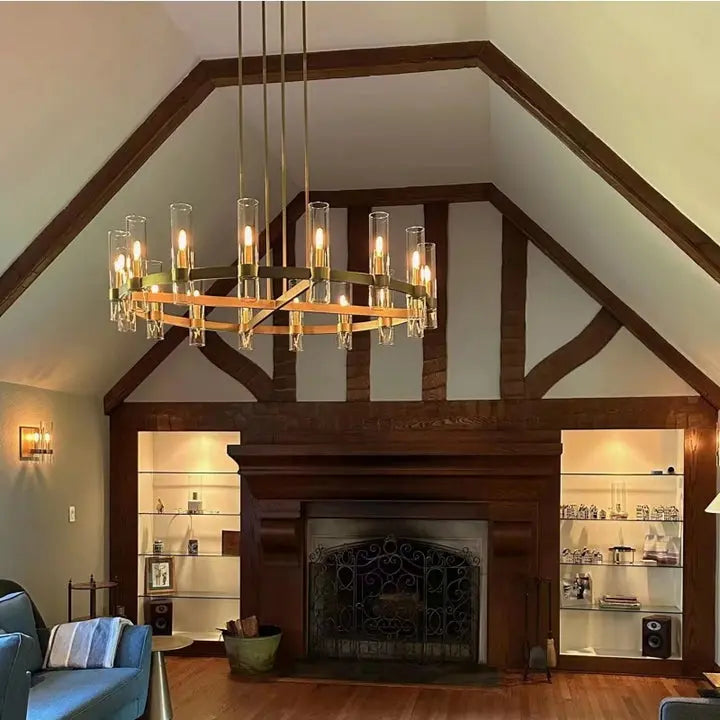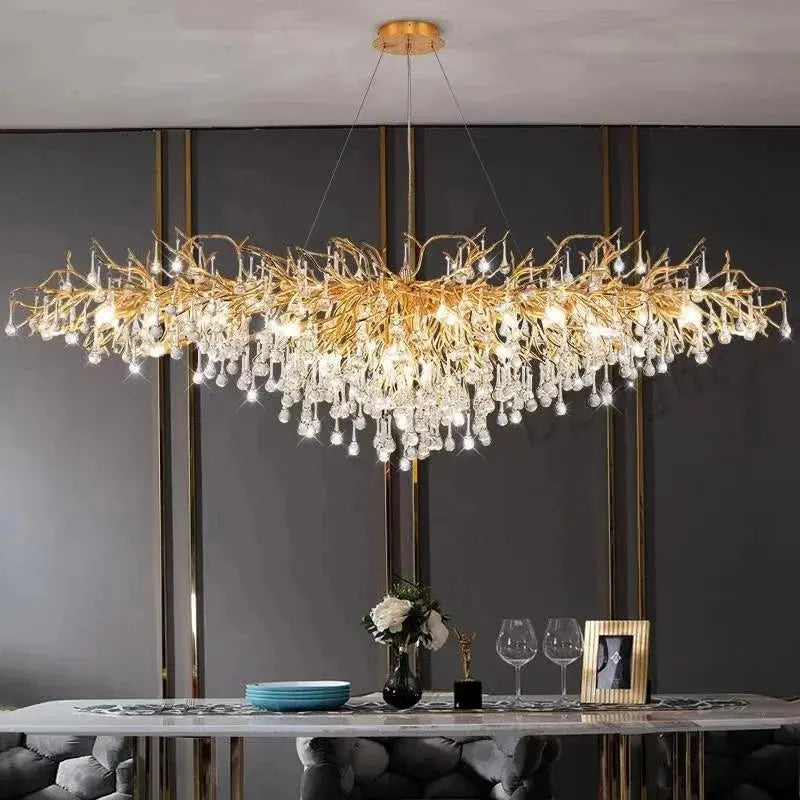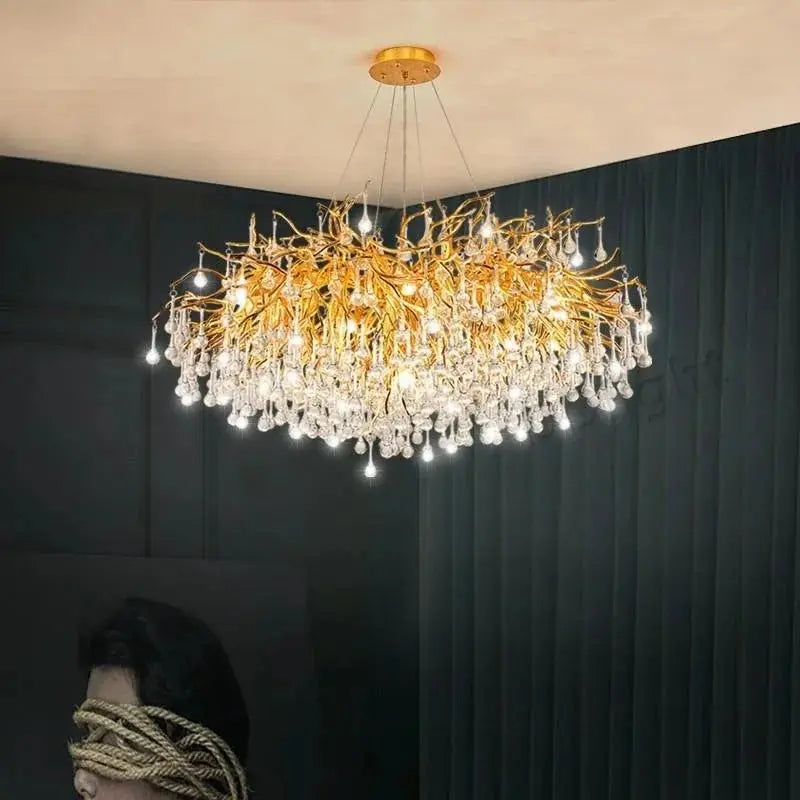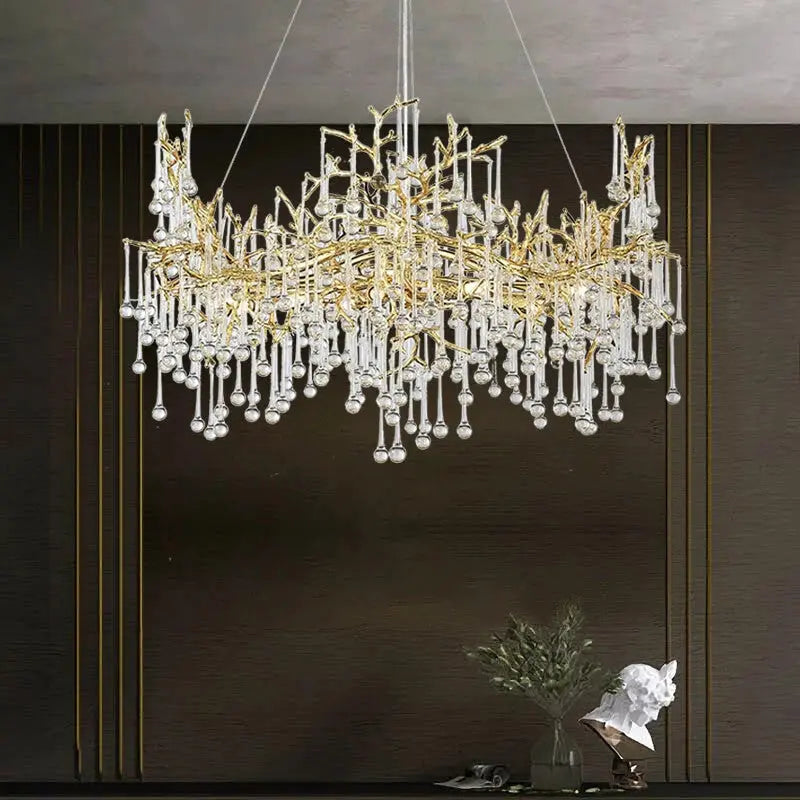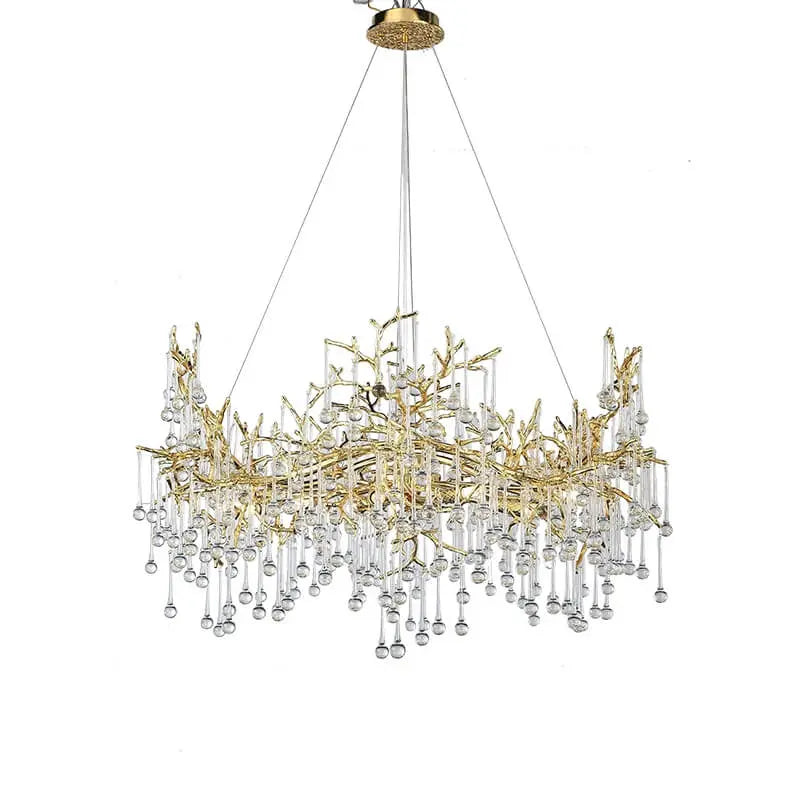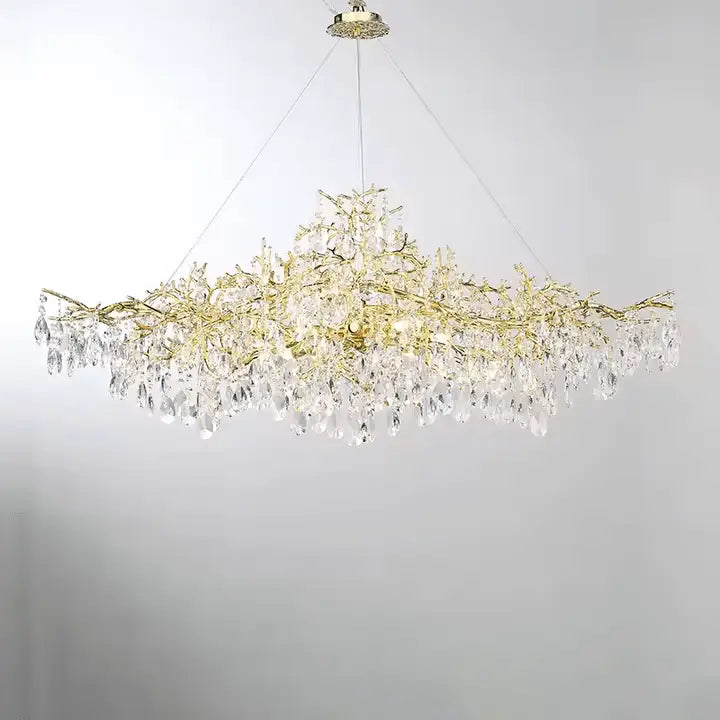Industrial interior design has come a long way from its roots in repurposed factories and warehouses. This style celebrates raw materials and open spaces, creating a unique blend of history and modern aesthetics. As we look ahead to 2024, it's exciting to see how this design will continue to evolve, mixing old-world charm with fresh ideas. Let's explore the key takeaways that define the future of industrial interior design.
Key Takeaways
- Industrial design started from old factories and has become popular in homes today.
- Raw materials like brick and metal are key features of this style.
- Open spaces with high ceilings make industrial homes feel airy and spacious.
- Mixing industrial elements with other styles can create a unique look.
- Sustainability and new technology will shape the future of industrial design.
The Origins and Evolution of Industrial Interior Design
Historical Background and Influences
Industrial interior design has its roots in the late 20th century, emerging from the transformation of old factories and warehouses into living spaces. This style celebrates the raw, unpolished aesthetic of industrial structures, showcasing materials like brick, concrete, and metal. The movement gained traction as urban living became more popular, making it a favored choice for modern homes.
Key Milestones in Industrial Design
- First Industrial Revolution (1760s): Mass production began, influencing factory architecture with features like grid-paned windows and open spaces.
- Second Industrial Revolution (1870s): Larger factories emerged, utilizing exposed bricks and steel, which laid the groundwork for modern industrial aesthetics.
- Late 20th Century: The adaptive reuse of industrial spaces marked a significant shift, leading to the rise of industrial interior design as a mainstream trend.
Modern Interpretations of Industrial Aesthetics
Today, industrial design blends vintage and contemporary elements, creating a unique charm. The style is not just about large spaces; it can also be adapted for smaller areas, emphasizing functionality and open layouts. Around 70% of industrial interiors incorporate raw materials, while 60% feature high ceilings and open floor plans, making them feel spacious and airy.
The evolution of industrial interior design reflects a journey through time, merging history with modern living.
In summary, industrial interior design is a fascinating blend of history and modernity, continually evolving while maintaining its core aesthetic. Unique lighting solutions, such as those featuring exposed bulbs and metal pipes, play a crucial role in enhancing this style.
Key Characteristics of Industrial Interior Design
Use of Raw Materials
Industrial interior design prominently features raw materials like exposed brick, concrete, and metal. These elements not only add character but also create a sense of authenticity in the space. Approximately 70% of industrial interiors utilize these materials to achieve a rugged look.
Open Floor Plans and High Ceilings
A hallmark of industrial design is the use of open floor plans and high ceilings. This design choice mimics the spaciousness of factories and warehouses, making spaces feel airy and expansive. Roughly 60% of industrial-themed areas showcase these features, enhancing the overall aesthetic.
Neutral Color Palettes
Industrial interiors typically adopt a neutral color palette with shades of gray, black, white, and brown. This minimalist backdrop allows the raw materials to stand out, creating a cohesive look. A significant 80% of industrial designs embrace these colors, reinforcing the style's essence.
The beauty of industrial design lies in its ability to blend functionality with aesthetics, making it a popular choice for modern homes.
Summary of Key Characteristics
| Characteristic | Percentage of Use |
|---|---|
| Use of Raw Materials | 70% |
| Open Floor Plans and High Ceilings | 60% |
| Neutral Color Palettes | 80% |
Incorporating these key characteristics can help you achieve a stunning industrial look in your space, whether you're drawn to minimalist interior design, Scandinavian interior design, or even coastal interior design. The versatility of industrial design allows it to blend seamlessly with eclectic interior design styles, making it a favorite among homeowners and designers alike.
Incorporating Industrial Elements into Modern Homes
Blending Industrial with Other Styles
Combining industrial design with other styles can create a unique and inviting space. Here are some popular combinations:
- Scandinavian homes: Use light woods and soft textiles to balance the rawness of industrial elements.
- Farmhouse interior design: Mix rustic charm with industrial features like metal accents and exposed beams.
- Mid-century modern interior design: Pair sleek lines with industrial materials for a sophisticated look.
Choosing the Right Furniture and Decor
When selecting furniture and decor for an industrial look, consider these tips:
- Opt for multifunctional pieces that save space, especially in smaller areas like apartment homes.
- Look for furniture made from raw materials like wood and metal to enhance the industrial vibe.
- Incorporate statement pieces, such as a unique marble chandelier, to add elegance to the space.
Maximizing Small Spaces with Industrial Design
To achieve an industrial feel in smaller homes, follow these strategies:
- Use open-plan homes layouts to create a sense of spaciousness.
- Choose lighter color palettes to keep the space feeling airy and bright.
- Incorporate exposed elements like brick walls or pipes to maintain the industrial aesthetic without overwhelming the area.
Embracing industrial design in modern homes allows for a blend of old and new, creating a space that feels both stylish and personal. Mixing raw materials with personal touches can lead to a truly unique environment.
Trending Industrial Interior Design Styles for 2024
Steampunk and Vintage Influences
Steampunk design combines the charm of the past with modern elements. This style often features bold colors and intricate details, making it a favorite for those who love a unique twist on industrial design. Key elements include:
- Vintage machinery and decor
- Rich fabrics like velvet and leather
- Antique lighting fixtures that add character
Scandi-Industrial Fusion
This style merges Scandinavian simplicity with industrial ruggedness. It emphasizes functionality and minimalism while incorporating raw materials. Here are some characteristics:
- Light wood and neutral tones
- Open spaces that feel airy
- Functional furniture that is both stylish and practical
Modern Industrial Elegance
Modern industrial elegance takes the rawness of industrial design and adds a touch of luxury. This style often features:
- Luxury marble chandeliers that create a stunning focal point
- Sleek lines and minimalistic decor
- High-quality materials that enhance the overall aesthetic
The blend of industrial elements with modern luxury creates a unique atmosphere that is both inviting and stylish. Incorporating statement pieces can elevate your space, making it feel both cozy and sophisticated.
| Style | Key Features |
|---|---|
| Steampunk | Vintage machinery, bold colors, antique fixtures |
| Scandi-Industrial Fusion | Light wood, open spaces, functional furniture |
| Modern Industrial Elegance | Luxury chandeliers, sleek lines, high-quality materials |
By embracing these trending styles, you can create a space that reflects your personality while staying on top of the latest design trends for 2024. Choosing the right furniture and decor is essential to achieving the perfect balance in your industrial interior design.
Practical Tips for Achieving an Industrial Look
Selecting the Right Lighting Fixtures
To create an authentic industrial vibe, lighting is crucial. Here are some tips:
- Use metal fixtures and Edison bulbs for a classic look.
- Consider pendant lights with exposed bulbs to make a statement.
- Incorporate industrial chandeliers for a striking impression.
Incorporating Statement Furniture
Choosing the right furniture can enhance your industrial design:
- Opt for metal-framed sofas and distressed leather chairs.
- Look for wooden coffee tables with metal accents.
- Select pieces that have a utilitarian feel and clean lines.
Balancing Functionality and Aesthetics
It's important to find a balance in your design:
- Combine raw materials with softer textures like rugs and cushions.
- Keep decor minimal and purposeful, using items like vintage signage or old factory gears.
- Introduce greenery to soften the industrial edges, such as potted plants in metal containers.
Embracing the industrial style means mixing the old with the new. Personal touches, like upcycled furniture, can add character and warmth to your space.
By following these tips, you can create a stylish and inviting industrial interior that reflects your personal taste.
The Future of Industrial Interior Design
Sustainability and Eco-Friendly Materials
As we look ahead, sustainability is becoming a key focus in industrial interior design. Designers are increasingly using eco-friendly materials, such as:
- Recycled metals
- Repurposed wood
- Low-VOC paints
These choices not only reduce environmental impact but also enhance the aesthetic appeal of spaces.
Technological Innovations in Design
Technology is reshaping how we approach industrial design. Innovations include:
- Smart lighting systems that adjust based on natural light.
- 3D printing for custom furniture pieces.
- Virtual reality tools for design visualization.
These advancements allow for more personalized and efficient designs, making it easier to blend modern interior design with industrial elements.
Predicted Trends Beyond 2024
Looking beyond 2024, we can expect:
- A rise in affordable interior design options that maintain industrial charm.
- Increased popularity of transitional interior design, merging industrial with softer styles.
- A focus on luxury interior design that incorporates industrial features in high-end settings.
The future of industrial interior design is not just about aesthetics; it’s about creating spaces that are functional, sustainable, and reflective of our evolving lifestyles.
In summary, the future of industrial interior design is bright, with a strong emphasis on sustainability, technology, and innovative trends that cater to diverse tastes and needs. Embracing these changes will ensure that industrial design remains relevant and appealing in the years to come.
As we look ahead, the world of industrial interior design is changing fast. With new materials and styles, spaces are becoming more functional and stylish. If you want to see how you can brighten up your home with beautiful lighting, visit our website today!
Final Thoughts on Industrial Interior Design
As we look ahead to 2024, industrial interior design continues to inspire and evolve. This style, which celebrates the beauty of raw materials and open spaces, offers a unique charm that many find appealing. While trends may shift towards cozier and more inviting designs, the essence of industrial style remains strong. It tells a story of history and creativity, making it a timeless choice for those who appreciate its rugged elegance. Whether you’re redecorating a large loft or a small apartment, embracing industrial elements can create a space that feels both authentic and stylish. So, explore this fascinating design trend and see how it can transform your home!
Frequently Asked Questions
What does an industrial interior designer do?
An industrial interior designer focuses on creating spaces with an industrial style, like lofts or urban areas. They use raw materials and open layouts to make a unique look.
Is industrial design popular in 2024?
While industrial design has been popular for a while, trends are shifting. Cozy and inviting designs are becoming more favored, so industrial style may not be at the top in 2024.
Can I use industrial design in small spaces?
Yes! Industrial design can work well in small areas. You can use smart furniture choices and open layouts to create a stylish and functional space.
What materials are common in industrial design?
Common materials include exposed brick, metal, and concrete. These raw materials help create an authentic and rugged feel.
How can I mix industrial design with other styles?
You can blend industrial design with styles like modern or Scandinavian by choosing furniture and decor that complement both looks, creating a unique and personal space.
What are some key features of industrial interior design?
Key features include open floor plans, high ceilings, and a neutral color palette. These elements help create a spacious and airy atmosphere.




